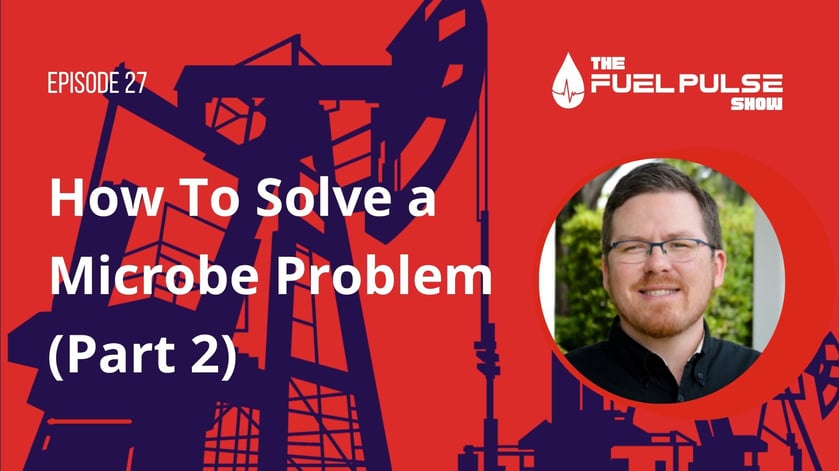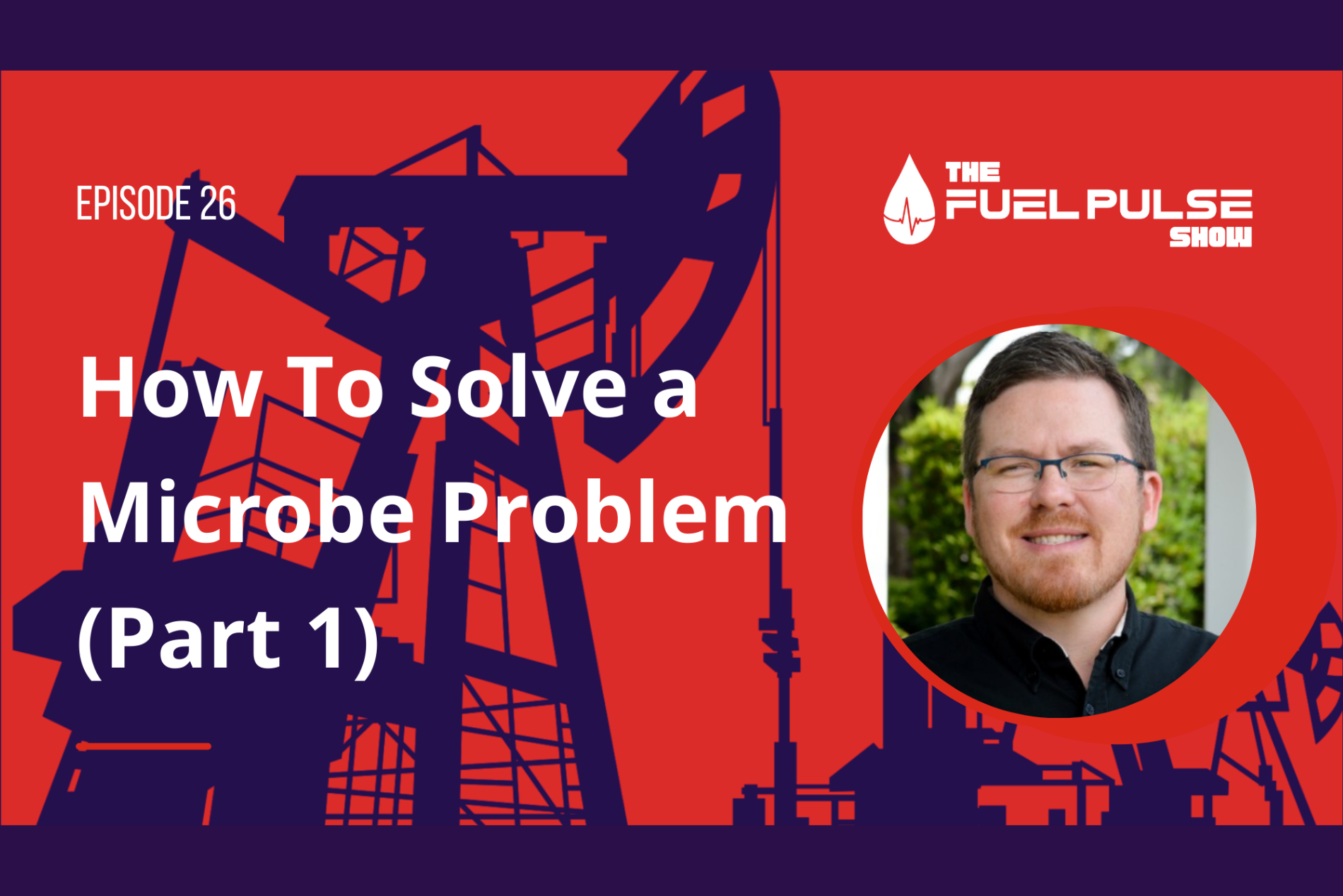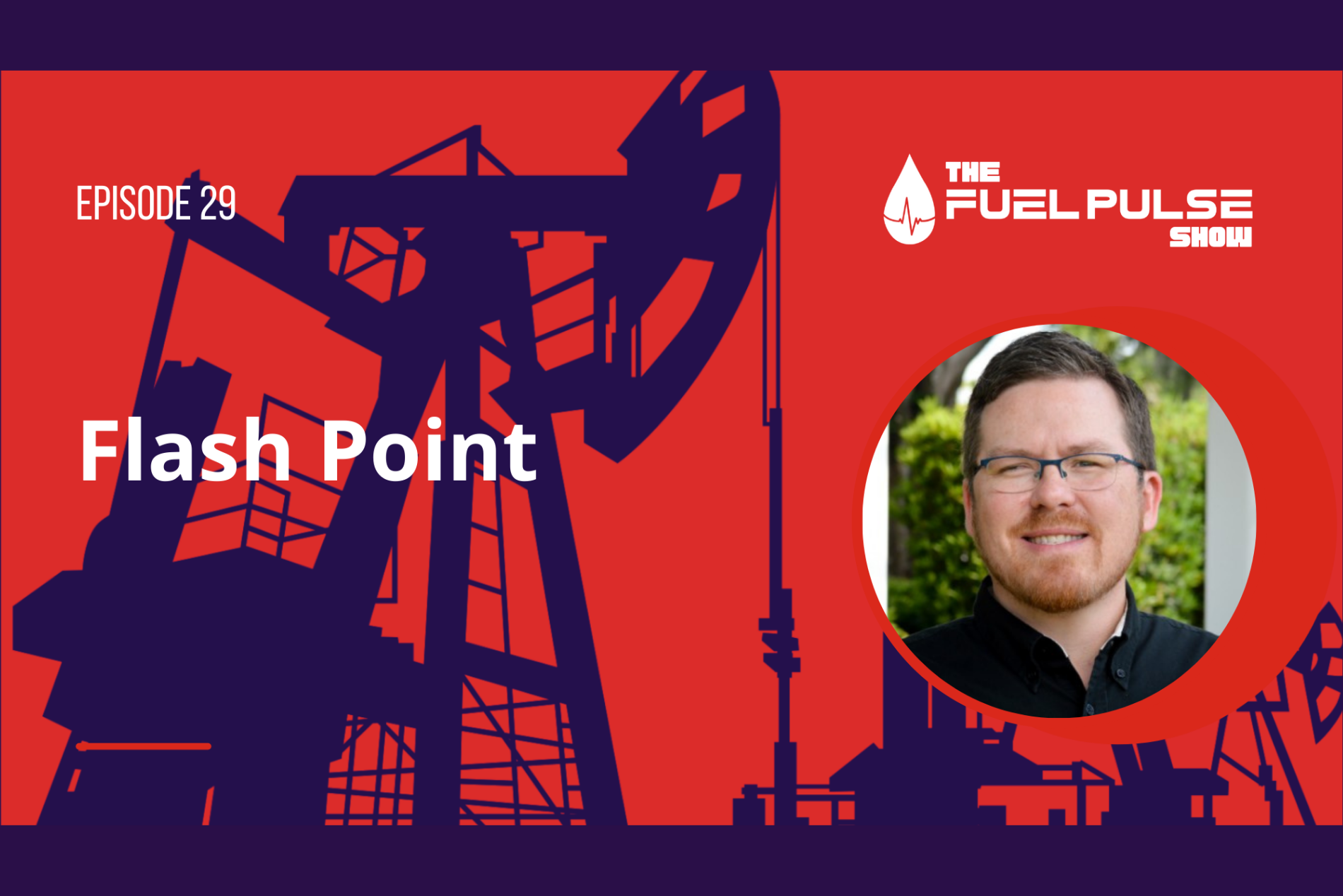Episode 026 - How To Solve a Microbe Problem (Part 1)
Fuel is the lifeblood of many industries, but with great power comes great responsibility. Unfortunately, keeping microbial contamination at bay is...
1 min read
Erik Bjornstad : May 24, 2023 6:00:00 AM


Welcome to part 2 of our series on solving microbe problems. In this episode, we delve into the crucial steps that follow water cleanup in your tank, as discussed in part 1. The focus now shifts to effectively eliminating as much biomass and biofilm as possible. Understanding the significance of these terms becomes paramount, as biofilm harbors its own diverse microbial community that can contribute to tank corrosion.
Listen in as we explore practical methods for tackling the biofilm challenge, including the use of fuel polishers and chemical dispersants. Discover how these tools work synergistically to enhance the effectiveness of biocidal agents that will be employed later in the process. Remember, simply removing water is not enough to eradicate microbes. It is essential to choose an appropriate biocide and employ it correctly, taking into account factors such as dosage, timing for post-testing, and the longevity of the treatment's efficacy.

Fuel is the lifeblood of many industries, but with great power comes great responsibility. Unfortunately, keeping microbial contamination at bay is...
Here on the podcast, we’ve been talking about the big problem of microbial contamination in stored fuel in tanks. In this episode, I’ll be addressing...

Whether you're a fuel professional or just curious about the intricacies of fuel specifications, this episode will explain everything you need to...